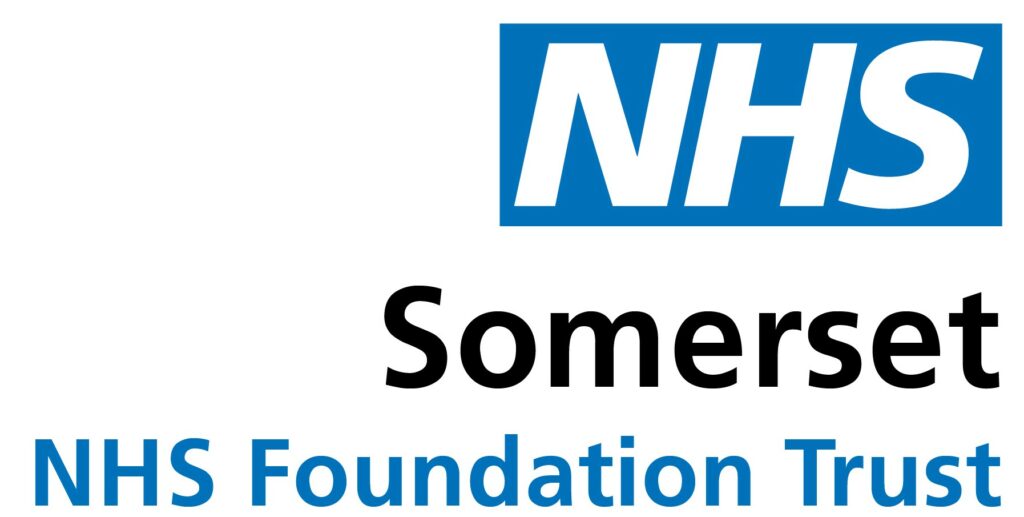Participatory arts
Creative Health is about using creative practice and participation, alongside clinical care, to provide a more holistic approach to health and wellbeing. Through participation, we can explore, demystify and engage with the public, patients and staff in new ways, supporting improved health and wellbeing. Creative Health can be immediate and accessible, engaging with people, through visual arts, design, music, creative writing, performance and digital media.
For patients, we use creativity to encourage engagement at a physical and emotional level, supporting patients to have a sense of control over their care. Activities are designed to be person centred, working at an individual and group level, encouraging social interaction, decision making, dexterity, mobility and movement.
For staff, the opportunity to engage with creative health is part of the Trust’s wellbeing offer, generating a sense of belonging and connection through to exploring new skills and talents.
Postcards for Recovery
Supported by Yeovil Hospital Charity and Thriving Communities, Postcards for Recovery is a set of creative activities and materials designed to reconnect our community after any isolating event or situation including leaving the hospital.
The activities will bring some positive distraction to keep mind and bodies happy and healthy, particularly in stressful or challenging times. From paper aeroplanes to sketchbooks and crayons, the seven activities are about discovering new interests and skills that do not need any special tools or equipment.
These free packs are currently being distributed as part of a pilot in South Somerset through our Wellbeing Hub, St Margaret’s Hospital, community partners, volunteers and the discharge team at the Hospital.
Eliot and Fielding Wards
Artist Simon Ripley worked with Art for Life and ward staff to run a series of eight workshop sessions for patients on Eliot and Fielding wards. Using his mobile print making station in the wards bays, Simon encouraged patients, their visitors and families to create prints and drawings that he then integrated into artworks that have been created for the walls of the wards, the shared corridor and quiet room.

